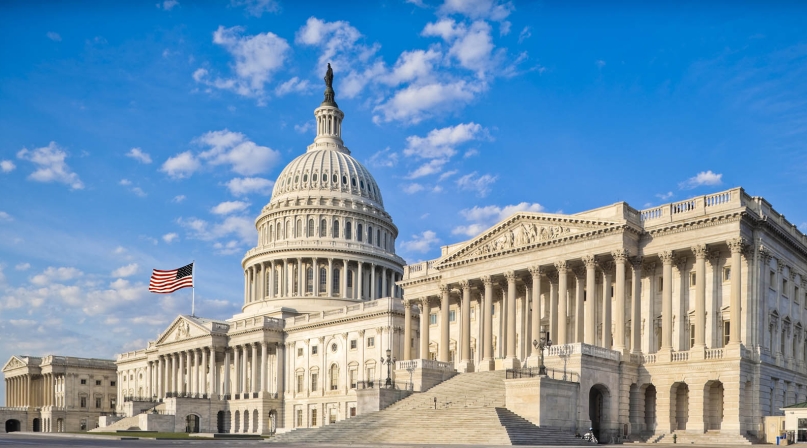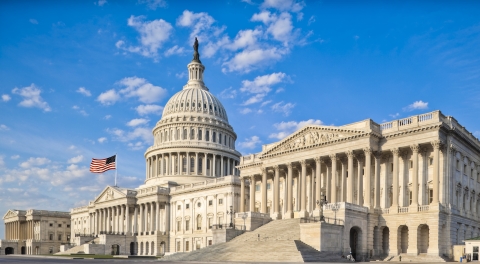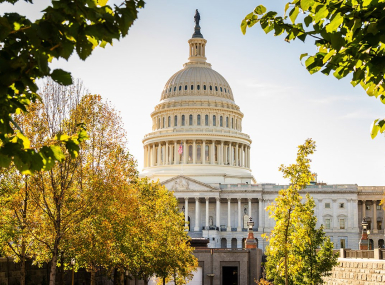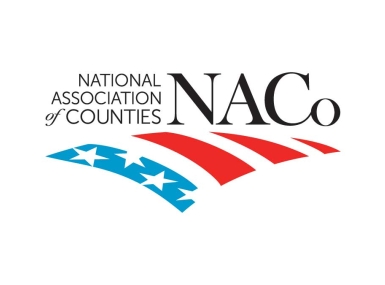Senate GOP introduces coronavirus relief bill

Negotiations over the fifth coronavirus relief package began July 27 with U.S. Senate Majority Leader Mitch McConnell’s (R-Ky.) introduction of the $1 trillion Health, Economic Assistance, Liability and Schools (HEALS) Act.
The package of bills does not contain any additional funding for local governments, nor does it include direct funding for the 95 percent of counties with fewer than 500,000 residents. The HEALS Act does however include $300 billion in supplemental appropriations to programs of interest to counties.
Learn More
The bill also allows counties with populations greater than 500,000 to use existing CARES Act funding to replace lost revenues, but only if they have distributed at least 25 percent of the funding to other governments within their jurisdictions, adding up to a potential $4.7 billion loss for those counties.
NACo analysis has found the COVID-19 pandemic’s effects will add up to a $202 billion impact to county budgets through fiscal year 2021.
The HEALS Act will, however, extend the timeframe for spending Coronavirus Relief Fund money to 90 days after the end of a county’s fiscal year in 2021.
To Sally Heyman, chair of NACo’s Large Urban County Caucus and a Miami-Dade County commissioner, that isn’t enough.
“Since the beginning of the coronavirus pandemic, America’s counties have taken the lead in responding both on the public health front and in economic recovery,” she said in a call with other county leaders July 29.
“As strong allies in the federal-state-local partnership, we have called for direct and flexible federal funding to allow us to best serve our residents. The HEALS Act falls far short of giving us the resources needed to best keep our communities safe and healthy.”
Counties of all sizes are seeking direct funding from the federal government and increased flexibility for using CARES Act funding.
Los Angeles County, Calif., the nation’s largest county, saw a loss of nearly $1 billion in the last fiscal year, and is projecting another $1 billion loss, all a result of the pandemic.
“As welcome as the CARES Act funding is, it’s clearly not enough,” said County CEO Sachi Hamai. Hamai said that the county was anticipating hundreds of potential layoffs starting Oct. 1 without additional funding, and consequential interruptions in county services.
“The public is depending on us and our workforce needs this assistance to continue the absolutely essential work they are performing each and every day.”
NACo Executive Director Matt Chase noted that the large numbers in the policy debate could obscure what they represent.
“When we talk about budgets and dollars, what we’re really talking about are the tools to serve our people,” he said. “This pandemic is about those suffering from disease and those suffering from economic consequences.
“This isn’t just a budget exercise, this is about helping people in their communities who are truly suffering.”
The HEALS Act would prohibit states from imposing additional conditions, requirements or restrictions on local governments on how their sub-allocated relief funds may be used beyond the U.S. Treasury’s CRF guidance, protecting counties from arduous requirements coming from state governments.
Berks County, Pa. falls under the 500,000 resident threshold and was the largest county in Pennsylvania not to receive direct CARES Act funding, instead receiving it through the state. The $38 million the county received was a little more than half of the $75 million it anticipated.
“That is a serious problem,” said Commissioner Christian Leinbach, who pointed out neighboring Lancaster County, with less than one-third more people, received $95 million.
“It’s important to understand that county leaders across the United States — representing 3,069 counties — know our communities better than any other level of government,” he said.
“That’s not to criticize other levels of government, it’s simply to note that that is the nature of local government. We understand our needs, our challenges and how to best place federal dollars.”
The HEALS Act would include $300 billion in supplemental appropriations to programs of interest to counties, including:
- $16 billion for COVID-19 testing, key to counties’ COVID-19 tracking and response efforts
- $25 billion for the hospital/provider fund, which would reimburse county hospital and health care providers for COVID-19-related expenses and losses
- $15 billion for childcare, including programming increased access to county-administered child care programs
- $2.2 billion for Tenant-Based Rental Assistance
- $2 billion for the Mental Health Services Block Grant, which counties use to provide a range of behavioral health services for adults and children
- $1.5 billion for the Low-Income Home Energy Assistance Program (LIHEAP), which is administered by county governments in 13 states
- $1 billion for Public Housing Operating Fund to assist public housing agencies, including those operated by counties, to maintain public housing programs and help contain the spread of coronavirus.

Attachments
Related News

U.S. Congress pass minibus funding package
U.S. House and Senate appropriators passed a “minibus” appropriations package containing Fiscal Year (FY) 2025 Interior-Environment, Commerce-Justice-Science and Energy-Water spending bills.

Federal district court issues ruling preventing the federal government from imposing immigration compliance mandates on grant recipients
On November 4, a federal judge in Rhode Island ruled that the U.S. Department of Transportation cannot condition federal grant funding on a recipient’s cooperation with federal immigration enforcement efforts.

State of America’s Counties Address Highlights Intergovernmental Partnership, Cost and Administrative Shifts
NACo President J.D. Clark, national experts share insights at policy summit in Washington, D.C.
